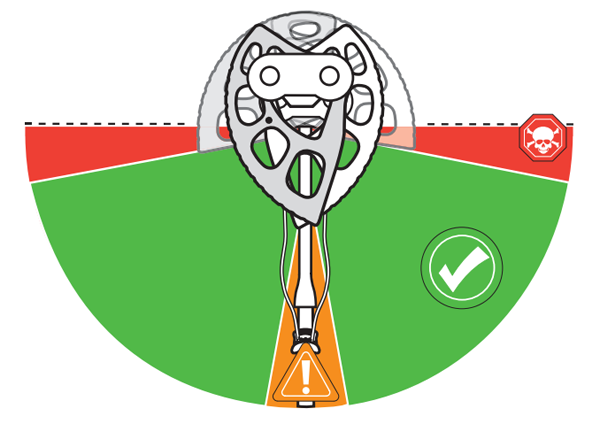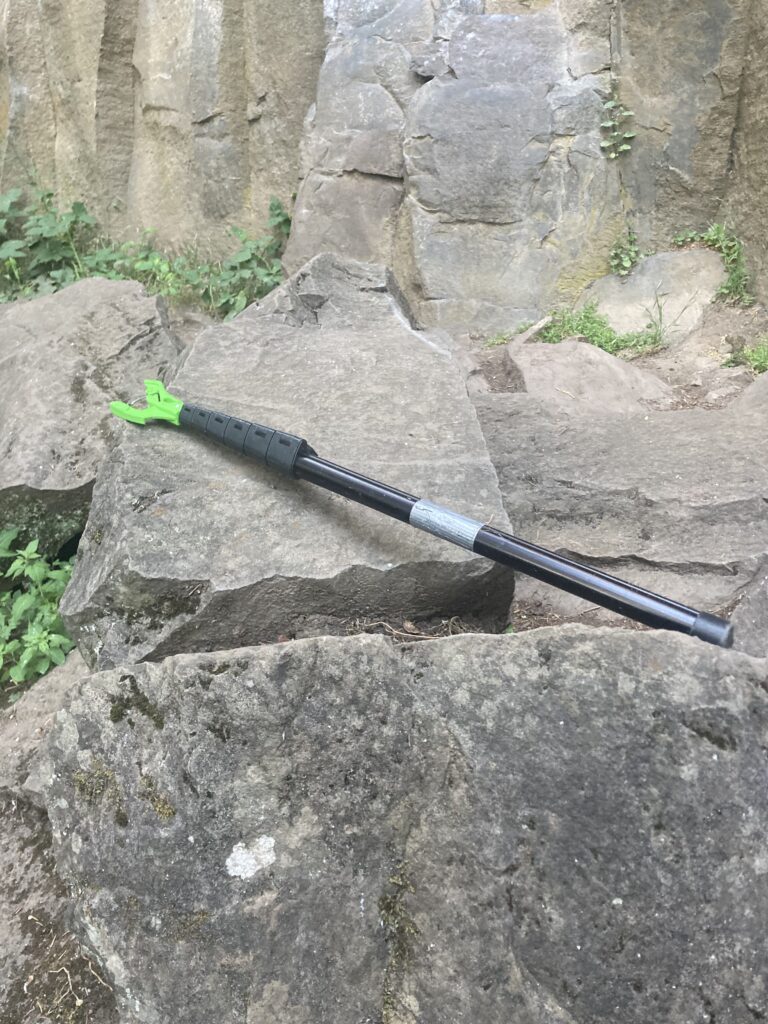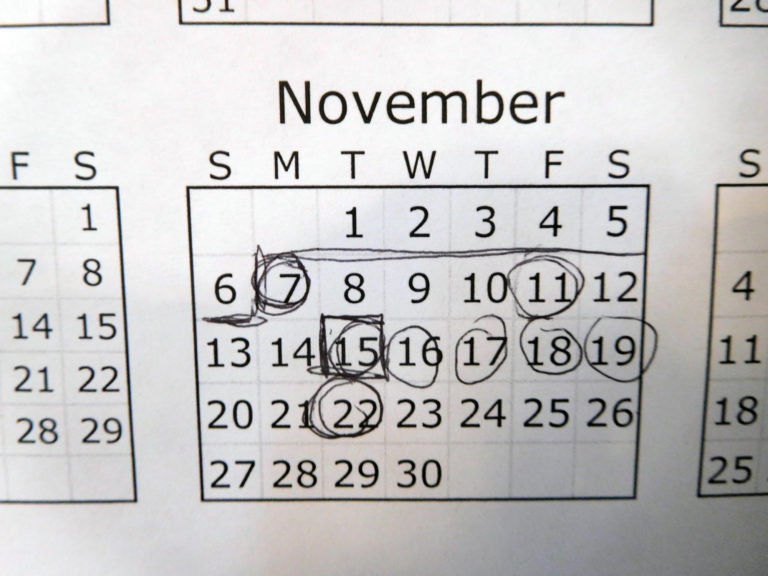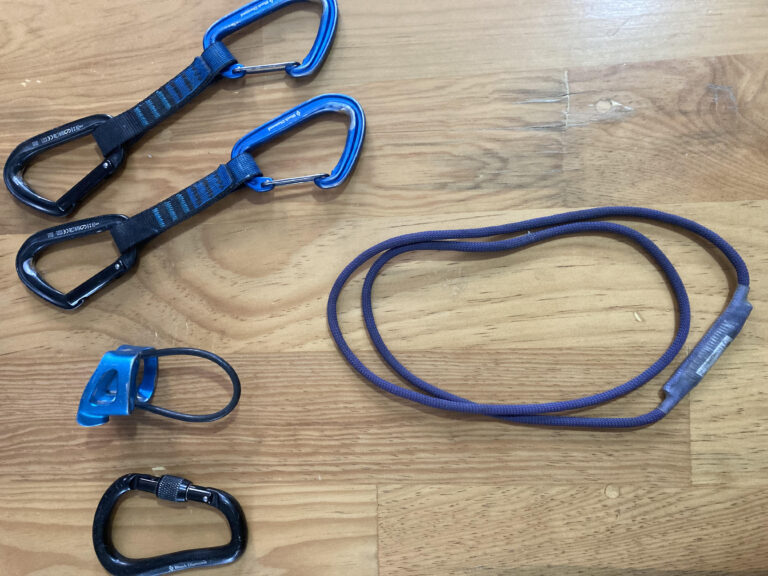How to Place Cams When Trad Climbing
Last Updated on: 31st March 2023, 10:59 am
Trad climbing is my personal favorite type of rock climbing, and placing cams is THE essential skill to know before heading out on a trad lead.
The video below is a great introduction on how to place cams:
Want another take on it? Check out this video:
I know that when I was first learning how to place cams, I couldn’t find enough information, so if you still want more, check out these videos:
- Jay Smith – Placing Cams [YouTube]
- Climbing Tools: The Cam [YouTube]
- Crack School Episode 5 – Gear and Gear Placement – by Tom Randall and Pete Whittaker [Vimeo] – The part about placing cams starts at 3:20 and runs to the end.
- Simple & Safe Rigging | Essentials of Cam Placement | The Rigging Lab at Rescue Response Gear [YouTube]
One of the trickiest parts about placing cams is knowing how wide open or closed the cam lobes should be. To that end, the image below (taken from this PDF put out by Black Diamond that is full of instructions on how to use Camalots) shows the approximate range of camming devices. Note that this was specifically made for Black Diamond Camalots, and the exact range varies from brand to brand and model to model.

Note that retracting the lobes a little bit (red) is not good. Retracting them too much (yellow/orange) makes for a strong placement but will make the cam difficult to remove (since you have very little wiggle room). Everything in between is the sweet spot. A good rule of thumb I use is to try to place cams with their lobes more or less halfway (that is, with the cam lobes touching the rock at roughly the halfway mark of their outside edge) or in the 40–60% retracted range. The graphic above, though, shows that as long as the cam isn’t too undercammed (aka “tipped out”), you’ll be OK.
Instructions from cam manufacturers
In addition to the Black Diamond Camalot PDF instruction set that I linked to above (here it is again if you need it), other cam manufactures have great instructions with their cams. Even if you don’t own their brand, these are worth reading, as they contain good general information for placing cams. And who better to teach you how to place cams than the folks who make them? Read through them all and you’ll definitely notice similar principles and guidelines.
- Metolius cam instruction sheet (PDF)
- DMM cam instruction sheet (PDF)
- Wild Country has a number of instruction PDFs:
- Wild Country cam instruction sheet (PDF)
- Friend Design and Basics Part 1 (PDF)
- Friend Design and Basics Part 2 (PDF)
- The Cam Book (PDF) – This is a fantastic resource. It talks about the history of cam development and then combines the information found in a couple of the above PDFs into a slightly nicer-to-read format.
And then there are more specialized cams out there that require more familiarity when it comes to placing them. Here’s some information for those cams:
- Fixe/CCH Aliens (PDF)
- Omega Pacific Link cams (scroll down the page for the instructions)
- Totem Cams





Cool page. Great resource for learning about cam placement
I see your website needs some fresh articles. Writing manually takes a lot of time,
but there is tool for this boring task, search for;
unlimited content Wrastain’s tools